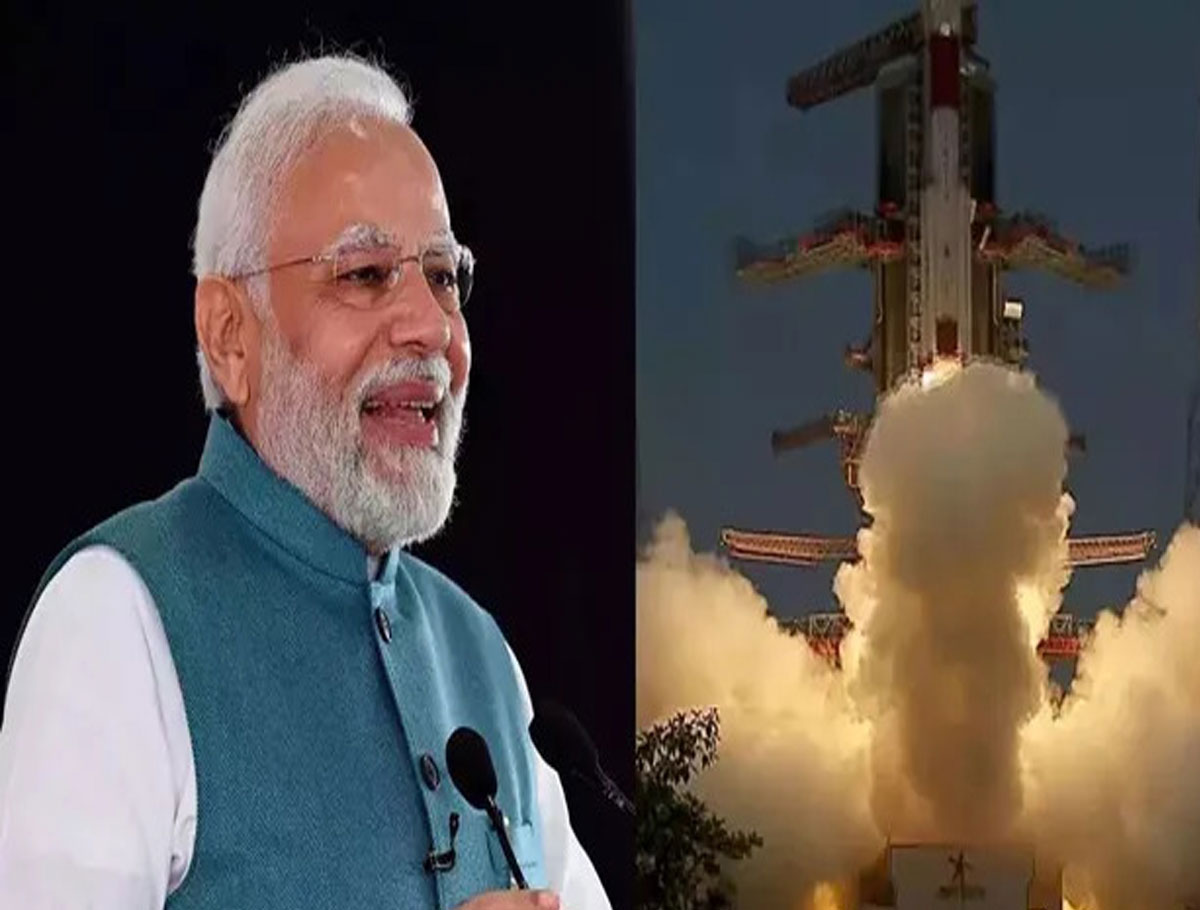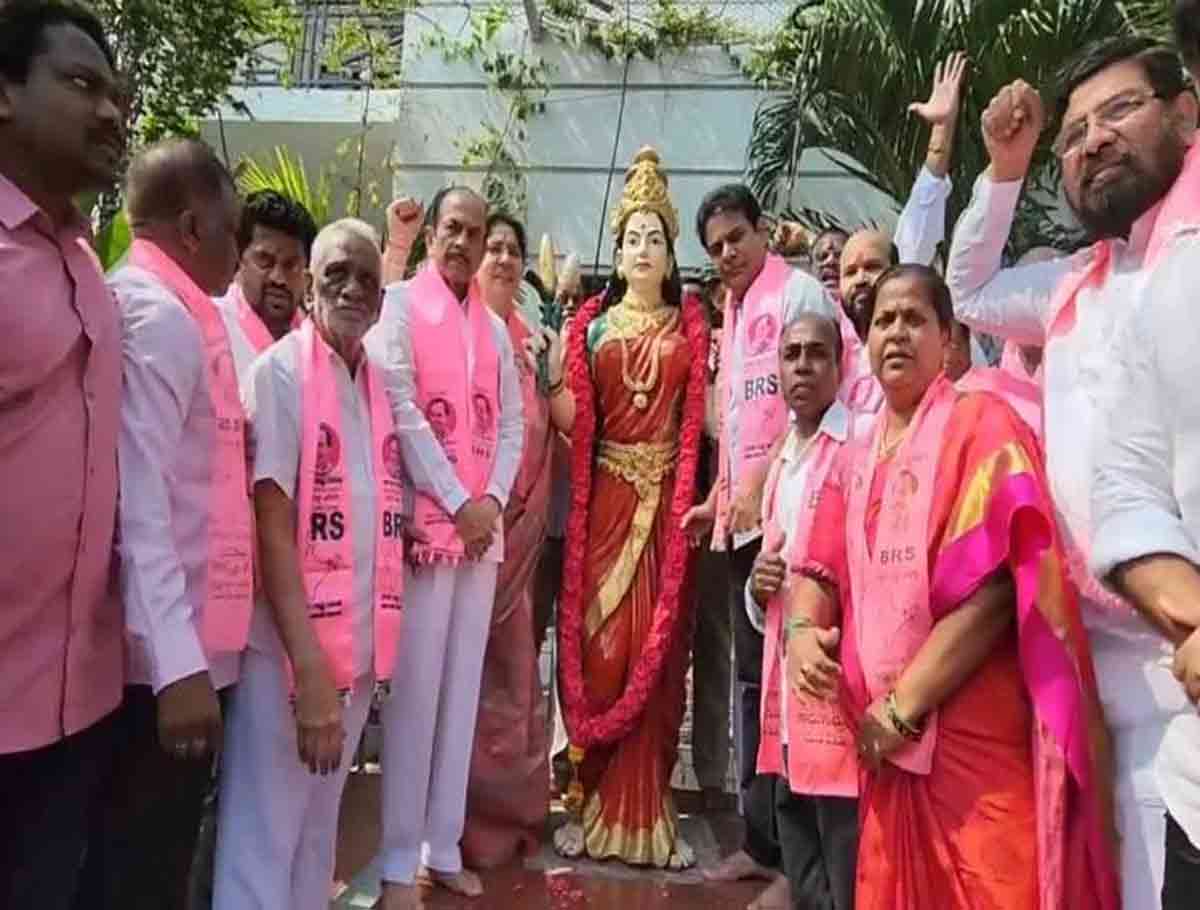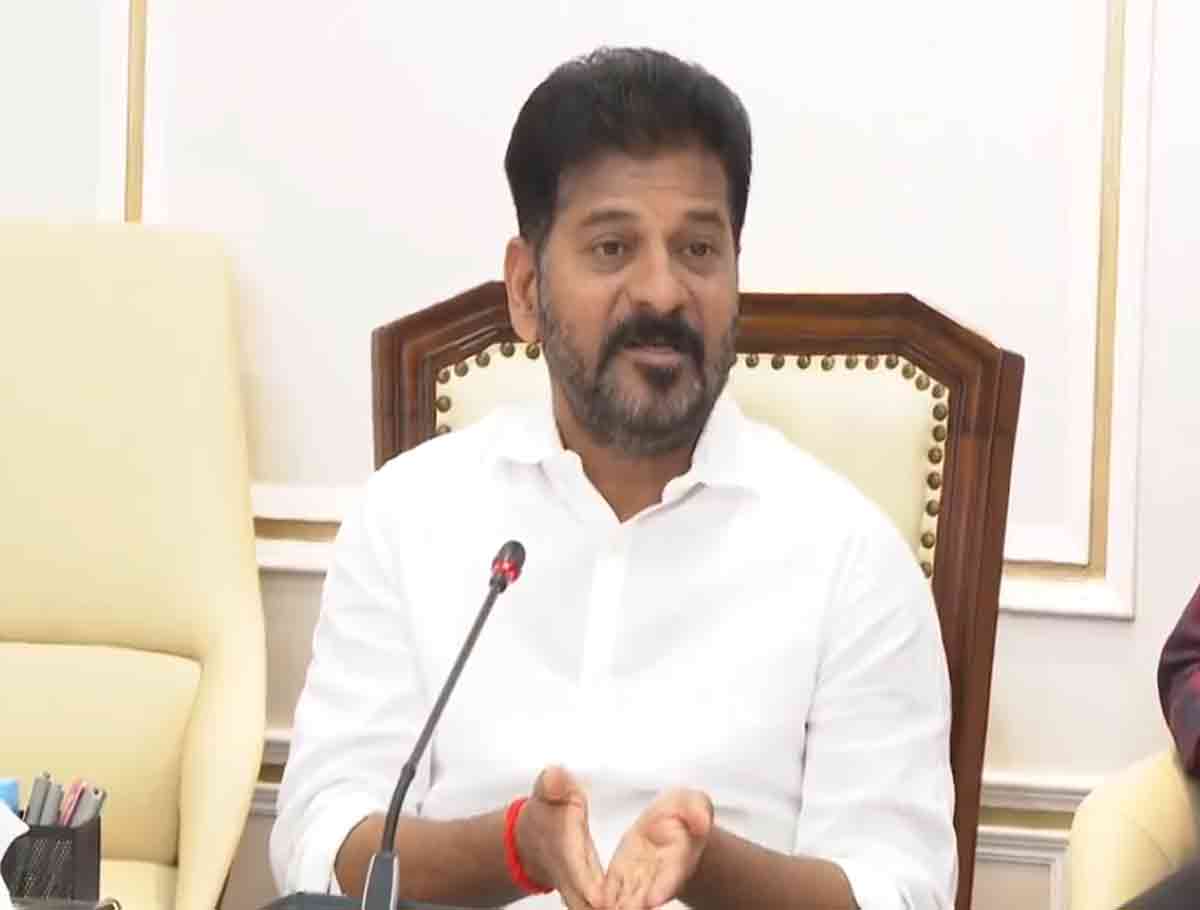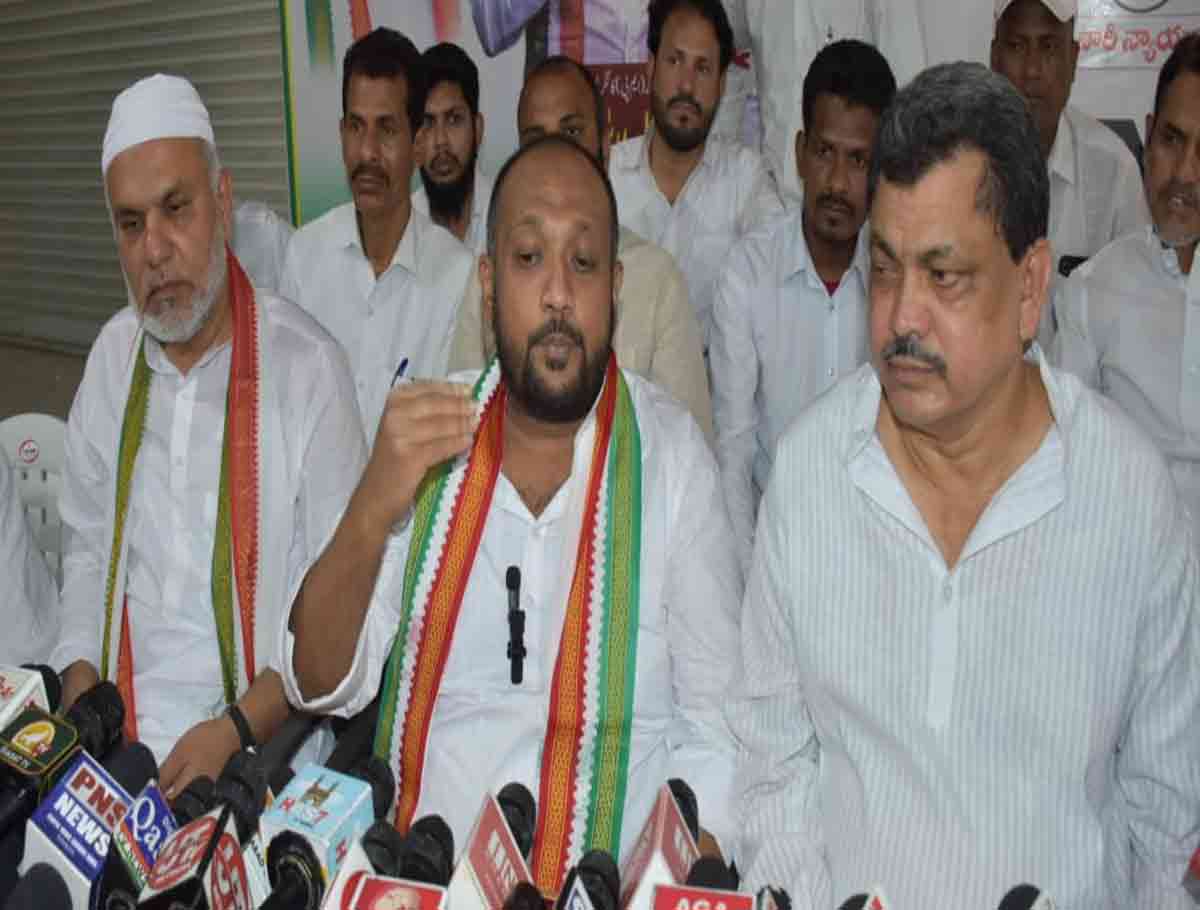Delhi/Hyderabad, Sept 2 (Hydnow): Prime Minister Narendra Modi on Saturday congratulated ISRO on the successful launch of Aditya-L1, India’s first space-based solar observatory.
Prime Minister declared that India’s scientific efforts will continue “to develop a better understanding of the Universe for the welfare of entire humanity.”
Taling to social media platform X, the Prime Minister said, ” After the success of Chandrayaan – 3, India continues its space journey. Congratulations to our scientists and engineers at @isro for the successful launch of India’s first solar Mission, Aditya-L1. Our tireless scientific efforts will continue in order to develop a better understanding of the Universe for the welfare of entire humanity.”
The PSLV-C57,1 rocket carrying the Aditya-L1 orbiter lifted off successfully from the Satish Dhawan Space Center in Sriharikota, Andhra Pradesh at 11.50 a.m. today.
The successful launch of ISRO’s maiden solar mission came on the heels of the historic lunar landing mission – Chandraan-3. After the launch, ISRO announced that the payload covering the Aditya L1 spacecraft had been separated as it left Earth’s atmosphere.
“The third stage of the separation of PSLV carrying the Aditya-L1 orbiter has been completed, as per ISRO. The launch of Aditya-L1 by PSLV-C57 is accomplished successfully, it said.
The vehicle has placed the satellite precisely into its intended orbit. India’s first solar observatory has begun its journey to the destination of Sun-Earth L1 point, the agency said.
The Aditya -L1 mission is expected to reach the observation point in four months. It will be placed in a halo orbit around Lagrangian Point 1 (or L1), which is 1.5 million km away from the Earth in the direction of the sun.
It will carry seven different payloads to have a detailed study of the sun, four of which will observe the light from the sun and the other three will measure in-situ parameters of the plasma and magnetic fields.
the largest and technically most challenging payload on Aditya-L1 is the Visible Emission Line Coronagraph or VELC. VELC was integrated, tested, and calibrated at the Indian Institute of Astrophysics ‘CREST (Centre for Research and Education in Science Technology) campus in Hosakote in collaboration with ISRO.
This strategic location will enable Aditya –L1 to continuously observe the sun without being hindered by eclipses or occultation, allowing scientists to study solar activities and their impact on space weather in real-time.
Also, the spacecraft’s data will help identify the sequence of processes that lead to solar eruptive events and contribute to a deeper understanding of space weather drivers.
Major objectives of Inda’s solar mission include the study of the physics of solar corona and its heating mechanism, the solar wind acceleration, coupling and dynamics of the solar atmosphere, solar wind distribution and temperature anisotropy and origin of Coronal Mass Ejections (CME) and flares and near-earth space weather.
According to the Bengaluru-based Indan Institute of Astrophysics, the atmosphere of the sun, the corona, is what is seen during a total solar eclipse.
A coronagraph like the VELC is an instrument that cuts out the light from the disk of the sun and can thus image the fainter corona at all times. (Hydnow)
Next Story :
Now you can get the latest stories from Hydnow every day. Click the link to subscribe. Click to follow Hydnow’s Facebook page and Twitter and Instagram




